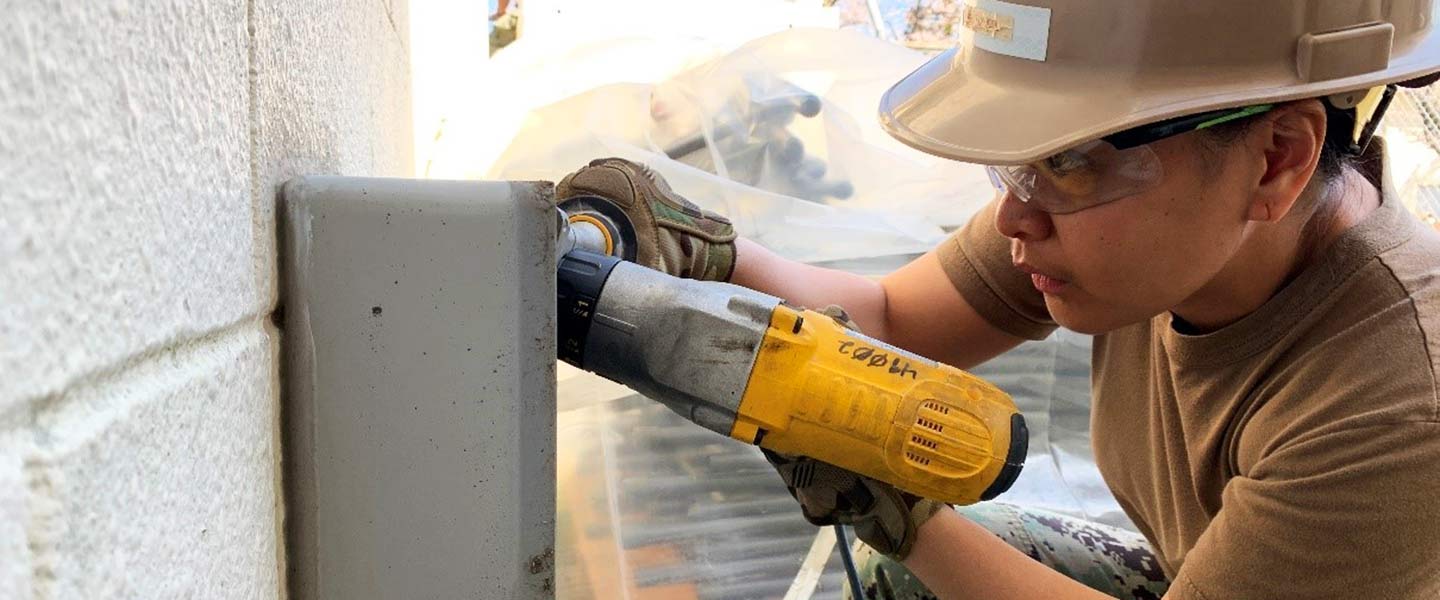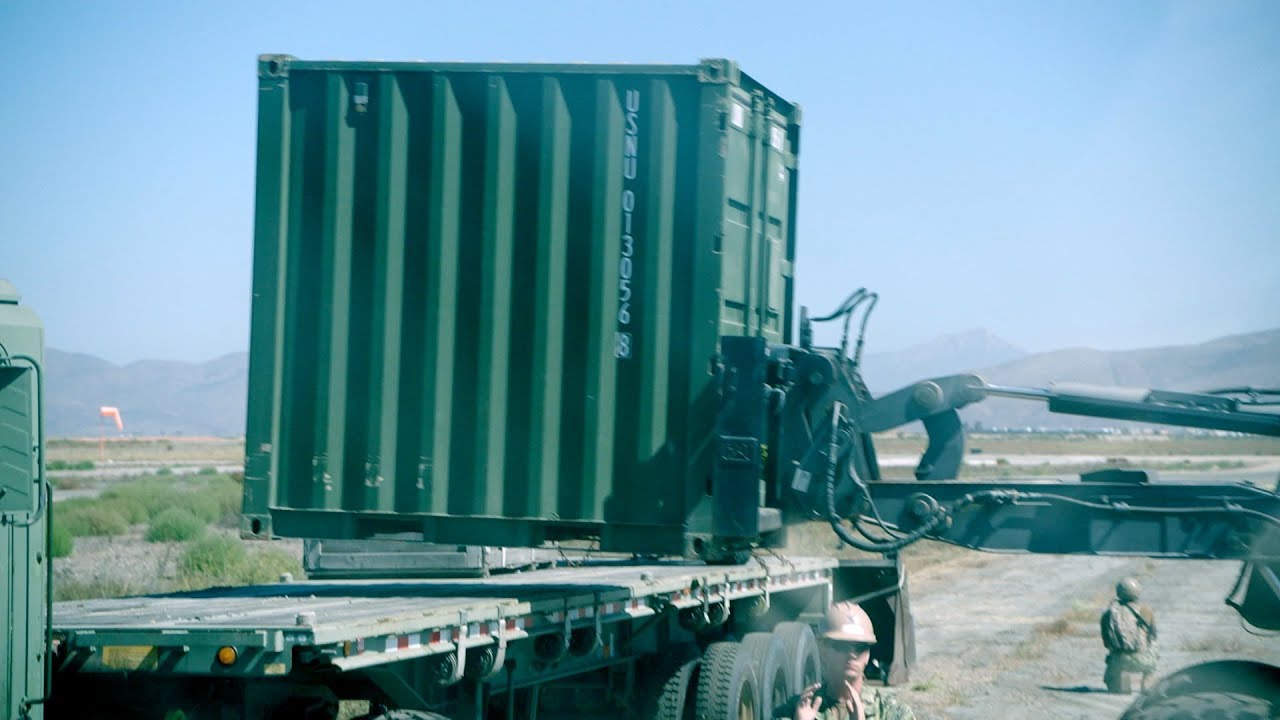What to Expect
More Information
Responsibilities
As a Construction Electrician (CE), you’re the person who keeps the lights on for the Seabees. You make sure the Navy’s power grid stays lit, from the poles and lines outside to the complex electrical and communication wiring inside structures. Your on-the-job responsibilities could include:
- Installing and repairing telephone and switchboard systems, interior wiring, alarms and electrical power distribution networks
- Splicing and laying cables, erecting poles, stringing wires and installing transformers and distribution panels
- Working with batteries, electric motors and generators, relays, solenoids and switches
- Reading and interpreting blueprints and preparing sketches for projects
- Making estimates of material, labor and equipment requirements
- Performing tasks required in combat and disaster preparedness or recovery operations
Work Environment
As a Construction Electrician, you’ll work on a variety of structures in just about every environment imaginable. You may work at Navy bases or ports of call around the globe, and you may be deployed to help develop or rebuild areas affected by natural disasters. Seabees primarily serve at shore-based commands—you will likely not spend time at sea.
Training & Advancement
Upon completion of initial training at Recruit Training Command Great Lakes (known as Boot Camp), those pursuing a Construction Electrician role report to Class “A” Technical School at Sheppard Air Force Base, TX for 20 weeks. Here, you will develop a working knowledge of basic construction skills and theories required for your work.
After you’ve completed your schooling, you’ll be assigned to a Naval Mobile (NMCB) or Amphibious Construction Battalion (ACB), and may rotate between homeport and overseas locations, where additional training may be provided.
Promotion opportunities are regularly available but competitive and based on performance. Advanced technical and operational training in the construction field may also be available during later stages of your career.
Post-Service Opportunities
Specialized training received and work experience gained in the course of service can lead to valuable credentialing and occupational opportunities in related fields in the civilian world.
Education Opportunities
Beyond offering access to professional credentials and certifications, Navy technical and operational training in the field of construction can translate to credit hours toward a bachelor’s or associate degree through the American Council on Education.
You may also continue your education through undergraduate degree opportunities like the Navy College Program and Tuition Assistance and the Post-9/11 GI Bill.
Qualifications & Requirements
A high-school diploma or equivalent is required to become an Enlisted Sailor and a Navy Construction Electrician. Those seeking a position with the Seabees must be U.S. citizens.
Construction Electricians must be proficient with tools, equipment and machines and be able to climb to the top of a 35-foot wooden pole using gaffs. Other important qualifications include knowledge of algebra, the ability to perform detailed work, good record-keeping skills and above average speaking and writing skills.
Important personal traits for Construction Electricians include resourcefulness, creativity, the ability to get along with people and work well as team members. You should be in good physical condition. Normal hearing, color perception and vision correctable to 20/20 are required.
General qualifications may vary depending upon whether you’re currently serving, whether you’ve served before or whether you’ve never served before.
Part-Time Opportunities
Serving part-time as a Navy Reserve Sailor, your duties will be carried out during your scheduled drilling and training periods. During monthly drilling, Construction Electricians in the Navy Reserve typically work at a location close to their homes.
For annual training, you may serve anywhere in the world, including locations in the U.S., at bases overseas, or in areas where humanitarian needs are great.
Take a moment to learn more about the general roles and responsibilities of Navy Reserve Sailors.
Most of what you do in the Navy Reserve is considered training. The basic Navy Reserve commitment involves training a minimum of one weekend a month (referred to as drilling) and two weeks a year (referred to as Annual Training) – or the equivalent of that.
Seabees in the Navy Reserve serve in an Enlisted role. Before receiving the ongoing professional training that comes with the job, initial training requirements must be met.
For current or former military Enlisted servicemembers, prior experience satisfies the initial Recruit Training requirement, so you will not need to go through Boot Camp again.
For those without prior military experience: you will need to meet the initial Recruit Training requirement by attending Boot Camp in Great Lakes, IL. This training course will prepare you for service in the Navy Reserve and count as your first Annual Training.
































































































































